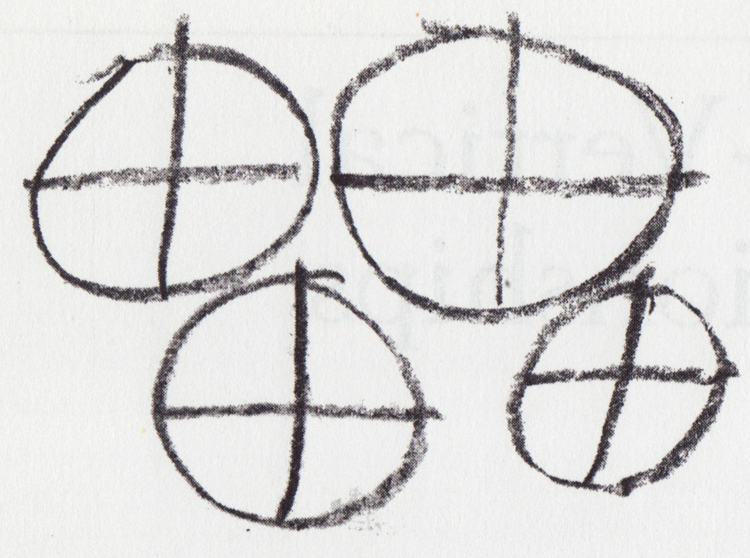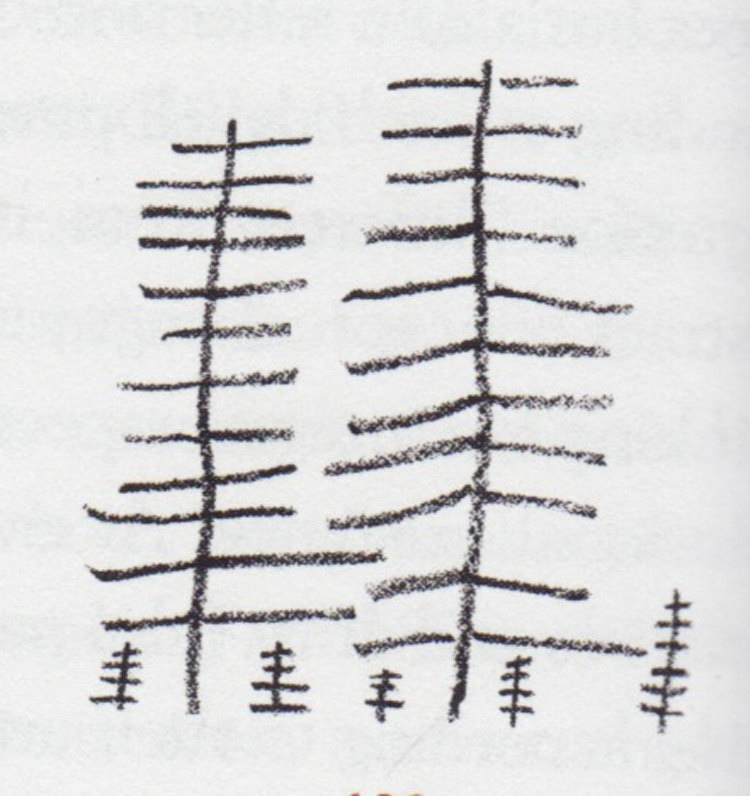new painting available
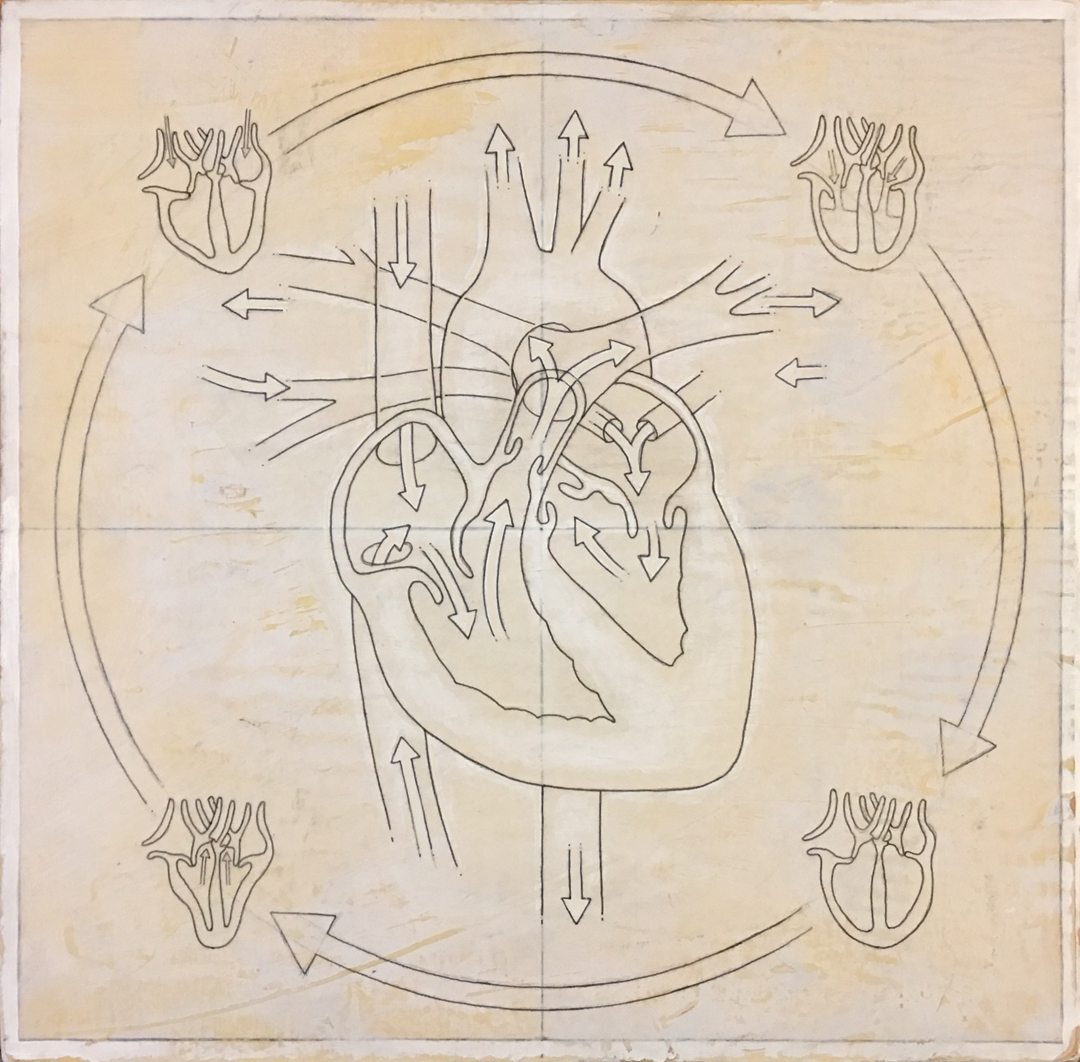

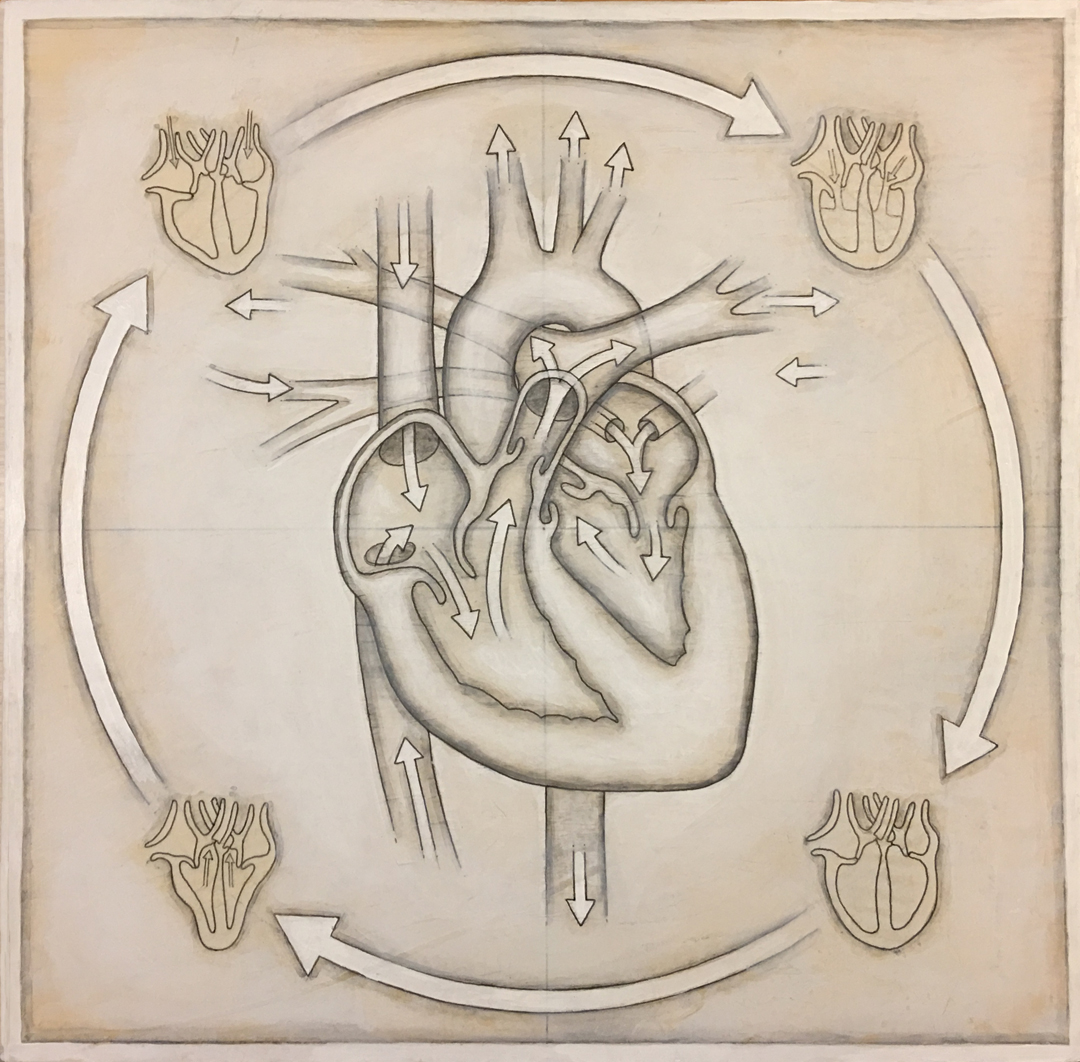
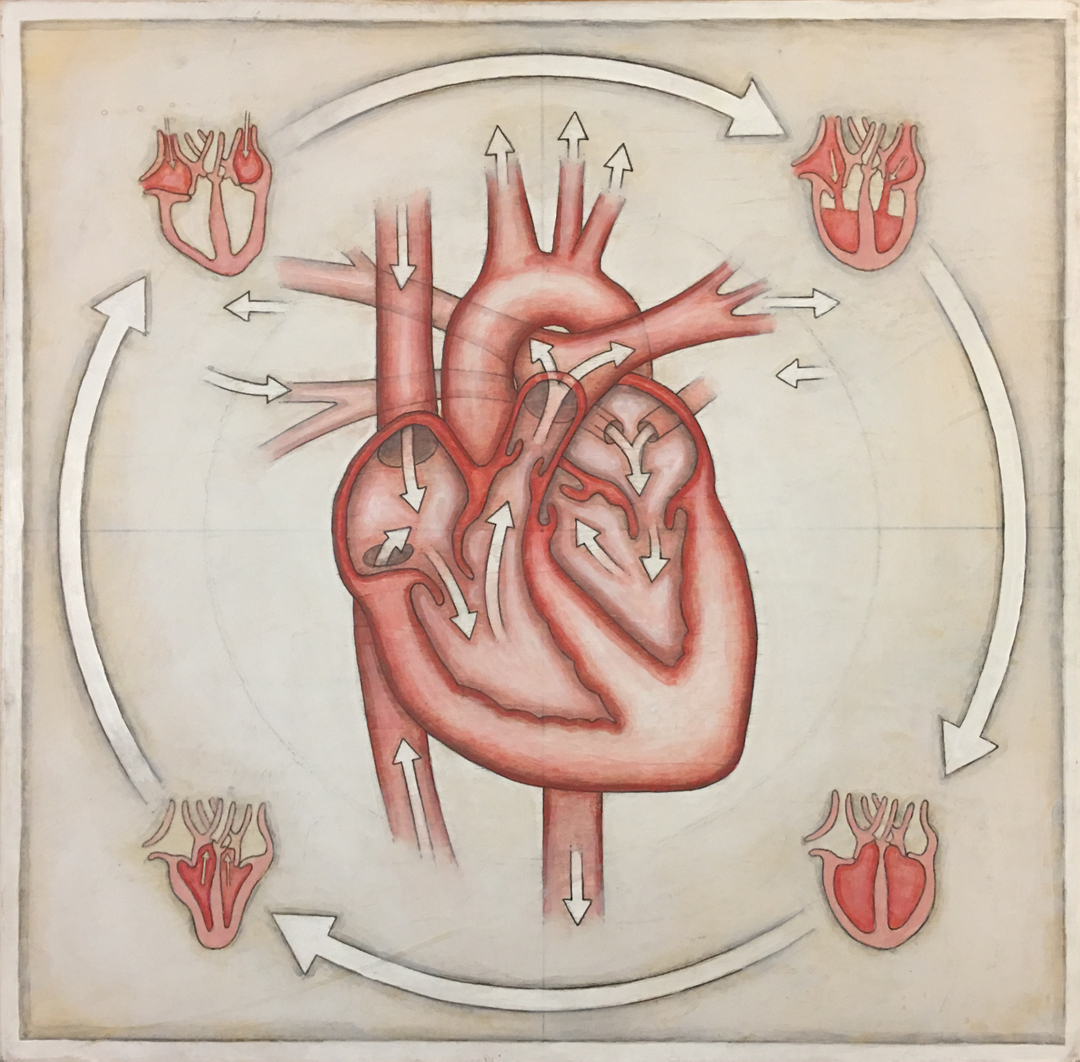
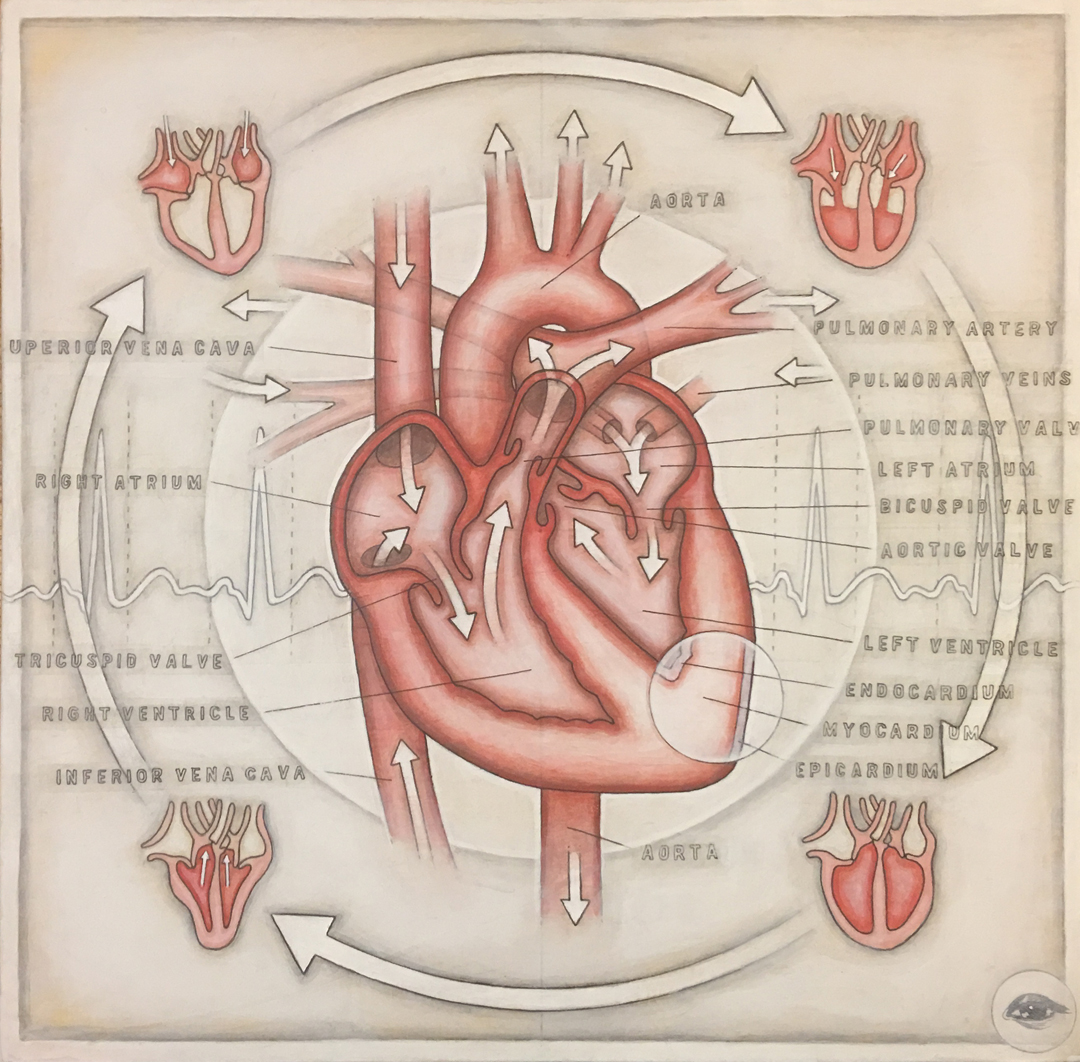
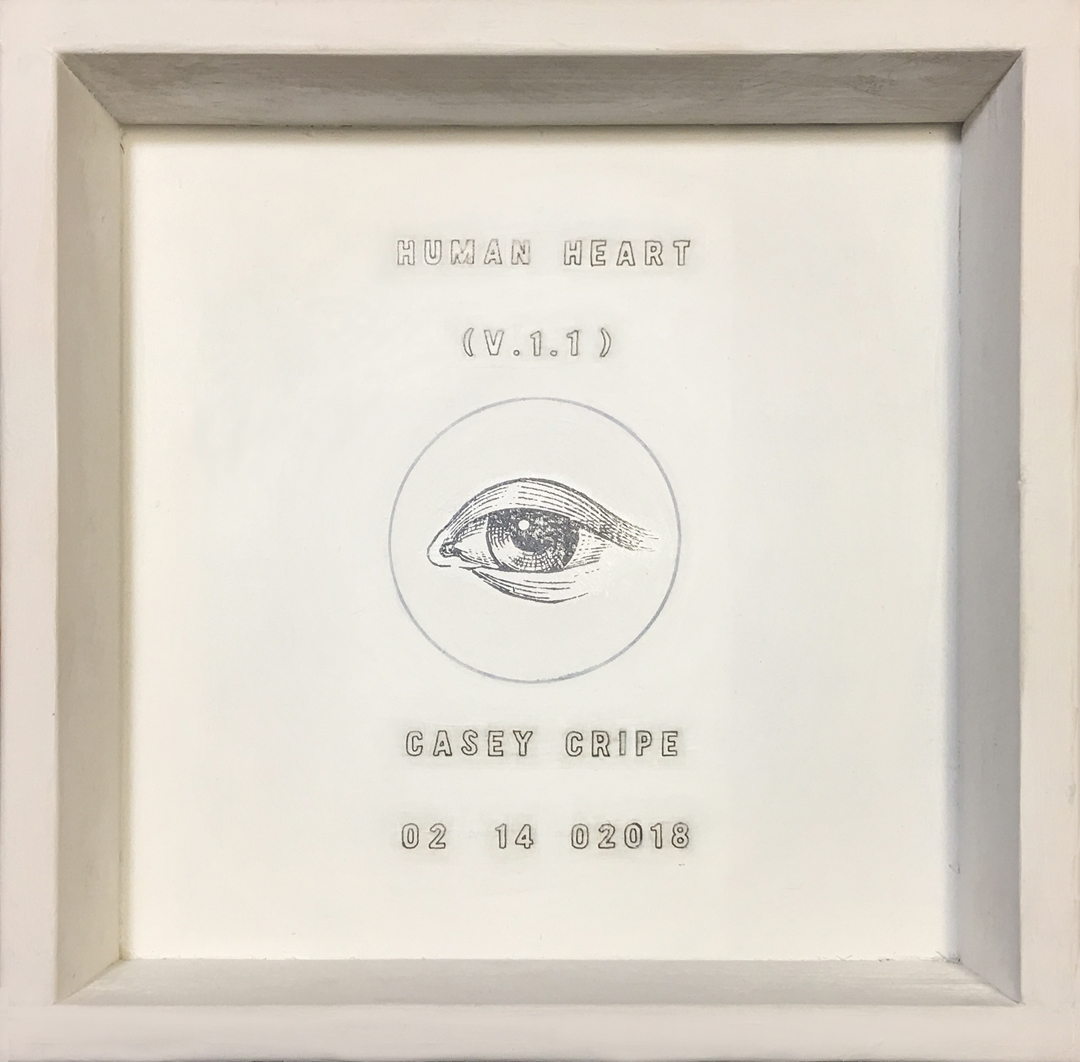
" The heart is a living symbol. When we say 'I love you with all my heart', we do not mean the heart as organ whose beats cause the circulation of blood throughout the body, whose failure could drain the body of life. We also mean the heart as feeling, as the soulful, as the heart of the cosmos, echoed and amplified in the primal pulsation of the drum. Heartbeats correspond to the contracting and expanding movements of the universe, while the heart of the body is as essential to life as the sun is to our solar system. Among the first sounds experienced in the womb are the internally resounding rhythms of the mother's heart, enveloping and echoing the quicker beats of the embryo as it grows. The heart's undeniable physical centrality to our existence has its correspondence in the undeniable reality of our emotions, variable heartbeats measuring out our feelings of affection, desire, and delight, as well as pounding out our rages, fears, and vulnerabilities; the heart can be pierced and melted by the darts of Eros as well as broken by love's refusal. . .
. . . The heart shares with lotus flower and the rose the qualities of the hidden, enfolded center beneath the outer surface of things, the secret abode of consciousness, locked away, virgin and so inviolate that when we want to 'let someone in', we must give them 'the key'. The 'heart of the matter' expresses the essential core of any issue, and the heart is so identified as the center and unique essence of a human being that the idea of surgically transplanting a heart from one individual (((or species!))) to another still meets with powerful resistance. As the seat of all emotions, positive and negative, the heart is the point of contact for linkings of hatred or love, envy or compassion, fear or courage, deepest sorrow or brightest joy. "
- _The Book of Symbols : Reflections on Archetypal images_ ( 02010 )


















